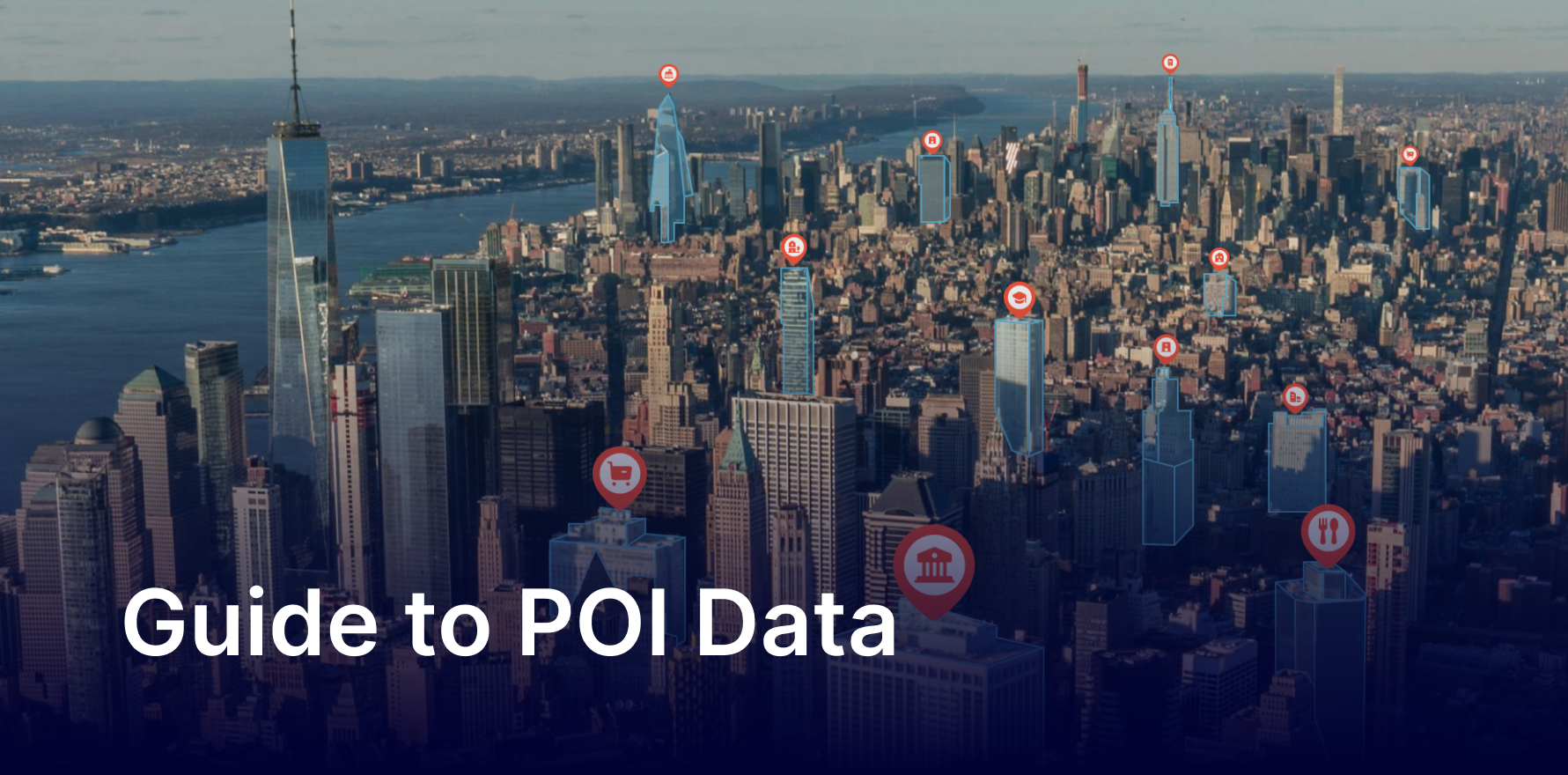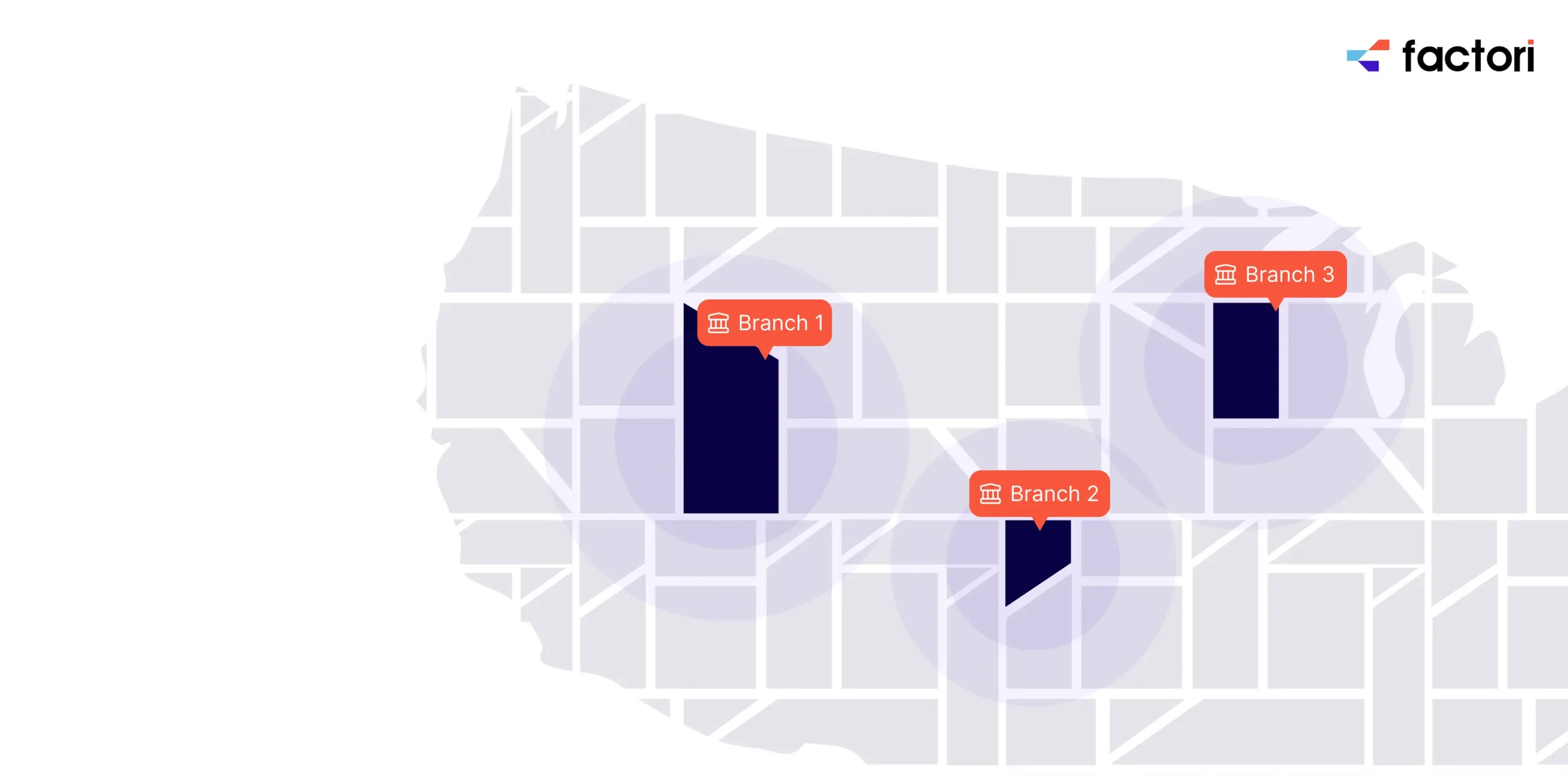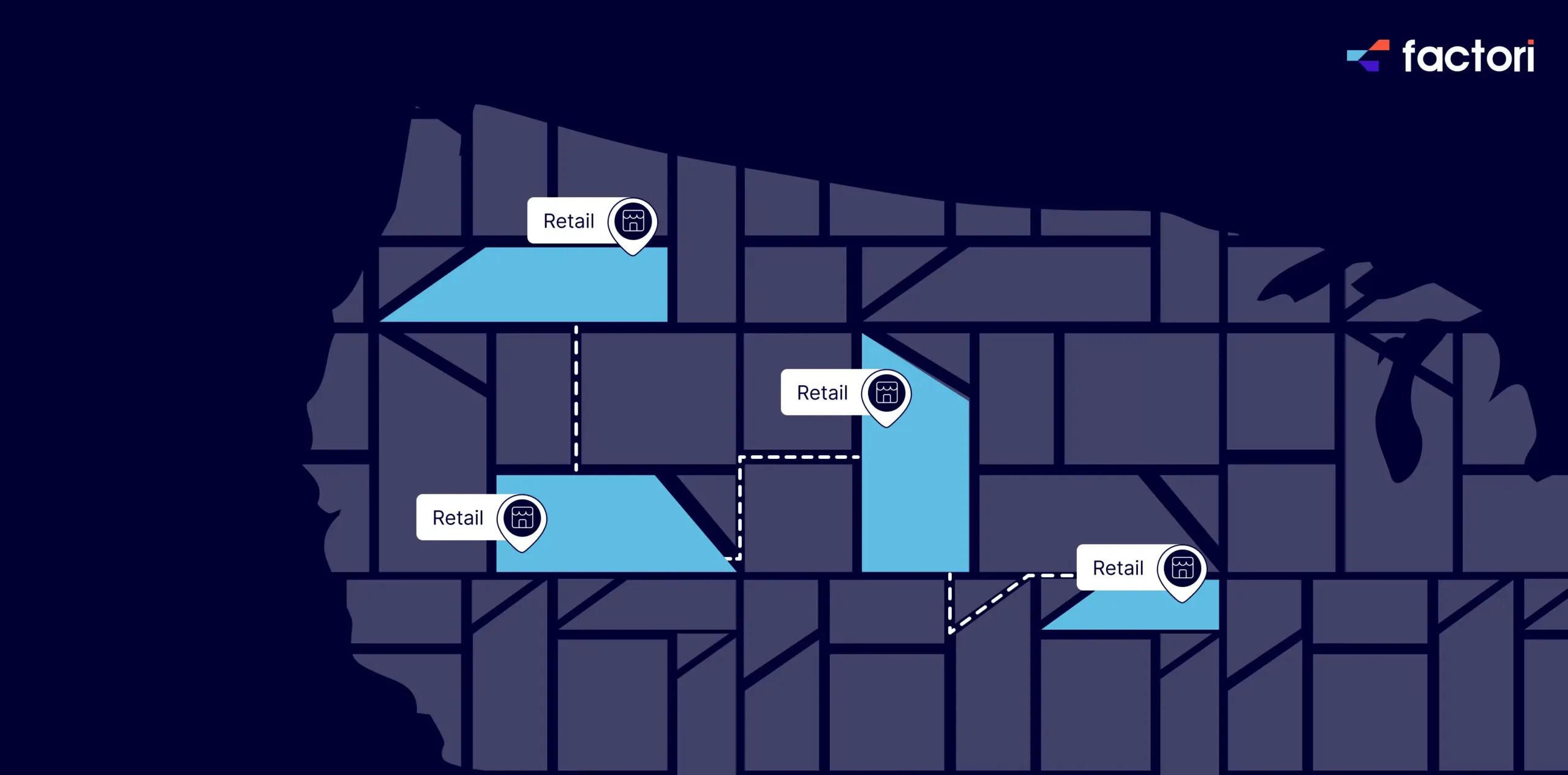Its that time of the year again! Bright red lanterns, reunion dinners, ang pav, lion dances, yee sang, and great vibes all around. It is also the time for festive season sales and brands are vying for the attention and footfalls of consumers. Just last year, Criteo observed significant lifts in Chinese New Year (CNY) purchases across categories like fashion, food and groceries, and health and beauty. Simultaneously, CNY long weekend is peak travel and lifestyle season in Southeast Asia, with holiday travel, dinners and outings even among those who dont celebrate the festival and there are many of those in the melting pot that is this region. Thats not all! Chinese New Year is serious business in Singapore. The net searches for Lunar New Year festivity-related terms are the highest in the island country at least 8X higher than Malaysia, which takes the second spot according to 2020 Googles Trends. Hong Kong follows next, with Taiwan generating the lowest volume of searches.
Naturally this action-packed festival attracts the attention of brands, who are on a splurging spree this season, along with their consumers. No wonder CNY campaigns continue to be one of the biggest ad budget grossers in South East Asia, especially Singapore and Malaysia. Lets just say that CNY is the advertising Super Bowl in many parts of the Asia Pacific region and brands need to find ways to break through the ad clutter.
Are peak consumer spends and peak advertising budgets all there is to CNY campaigns? Are they targeting the right consumer? Are they ensuring an edge against competition? And do they really know if their ad spends are resulting in anything more than vanity metrics like a click here, a landing page visit there? Real world intelligence is the answer to all of these questions. Heres how it can help brands level up their CNY campaign this year.
Target Right
With diverse personas in the market every CNY, brands really need to up their targeting game. Four walled insights from digital sources just doesnt make the cut anymore. What brands need is a 360-degree understanding of who their customers are and what they might be in the market for this CNY. Their real-world locations, visitation patterns, affluence levels, as well as online behaviours can be a goldmine when developing the custom audiences and targeting strategy this CNY.
Just last year, a departmental store chain made the most of real-world intelligence. Visitation patterns and apps and online behaviour helped them identify specific product categories that specific consumers were in the market for, during the CNY sale season. They used these insights to segment their audience into four different categories travel, electronics, fashion and home linen shoppers. Consequently, they hyper-personalized their ads and promotions to these specific audience segments, thus achieving a 23% increase in store footfalls across their outlets in Singapore. Audience targeting done right! So, whats next?
Benchmark right
Real world intelligence enables brands to evaluate business outcomes in real time during campaign flight. Simultaneously, it allows them to benchmark against competition and proactively change tactics mid-way (if required).
Last CNY, one of Lifesights clients, a fast fashion brand, ran an exciting in-store sales and promotions with omni-channel advertising. However, Visit Share Analysis revealed that despite the promotions, a competitor brand across the street was scoring way more footfalls. A quick deep dive revealed that a lot of these footfalls at the competitor store were coming from their loyalty program. Under this loyalty program, customers got an additional 15% discount on purchases made during the CNY sale season. With this insight at hand, the brand immediately approved some tweaks to their own loyalty program as well as promotion strategy. Consequently, personalized communication was sent out offering.
- Higher discounts to the competitors loyal customers just as they were in the vicinity of our customers own stores
- And, an additional 15% off for the brands own loyal customers
Within a week, our client saw a 40% spike in footfalls at their store and they were now at par with the competitor across the street. So, how did the brand nail it? Besides understanding their real audiences and benchmarking for hyper-personalization, the client measured the metrics that matter. Holistic measurement after all is pivotal to campaign effectiveness.
Measure right
And finally, the holy grail of new age marketing accurate and holistic measurement and attribution. This becomes especially critical in the Southeast Asian market during CNY, given the high-stake ad spends. With CNY heralding all things new and shiny, perhaps it is time for brands also to move on from vanity metrics to demonstrate CNY campaign success. It is time to put the focus back on real world business outcomes that mean something. This is where footfall attribution can raise the game this season. When the good China for reunion dinners has gone back to the crockery wardrobe and the festive season has ended, brand marketers can go back to their board rooms and demonstrate how the CNY campaign brought real customers into the store, not an imaginary one who clicked on an ad or visited a landing page.
Consider the example of a traditional and one of the oldest Southeast Asian home goods retailers with presence across all major cities in the region. Every year during Chinese New Year, the brand ran extensive in-store promotions along with a heavy-duty omnichannel campaign. Business was doing well year-on-year. So the brand never stopped to reconsider the ad dollars that went into these seasonal campaigns till one year, due to the economic climate, its marketing cost center came under the radar. That was the year the brand team started the journey of complete revamp of its marketing decision-making and deriving more value from its existing market mix model. It linked its existing data sources with real world data and footfall attribution to measure that years CNY campaign. The results were surprising, to say the least.
- As high as 42% of its CNY shoppers were return visitors loyal customers who were in the habit of visiting their outlets every shopping season to check out the deals
- Nearly 20% of these seasonal shoppers were not exposed to any ads this season and had visited the store nevertheless
- The digital campaign on Instagram focused on bringing in new millennial customers had by and large failed because none of the ad clicks had resulted in any visits
This footfall measurement gave wings to the brands market mix modelling in the months to come by opening their eyes to the real dollar & cent revenue from their high-stakes CNY campaigns. But this new approach to attribution brought good news too that their brand equity among older customers was the stuff that consumer brand legends are made of and that it was something the brand needed to protect with all it had.
Using these learnings in their end-to-end strategy and execution decision-making for the consequent Hari Raya (Eid) campaign, the brand accomplished a 5% lift in store visits, decreased its ad waste by 27%. All in all, a great success.
Lets do CNY 2020 right
As the CNY lanterns start to go up, brand marketers must also equip themselves with the tools and insights they need to make their CNY 2020 campaign hyper-targeted, well-measured, and more relevant in the age of connected, mobile, discreet yet easily-distracted consumers.
Factori is here to help Talk to an Expert and lets crack CNY this year.
Gong Xi Fa Cai!
You may also like








